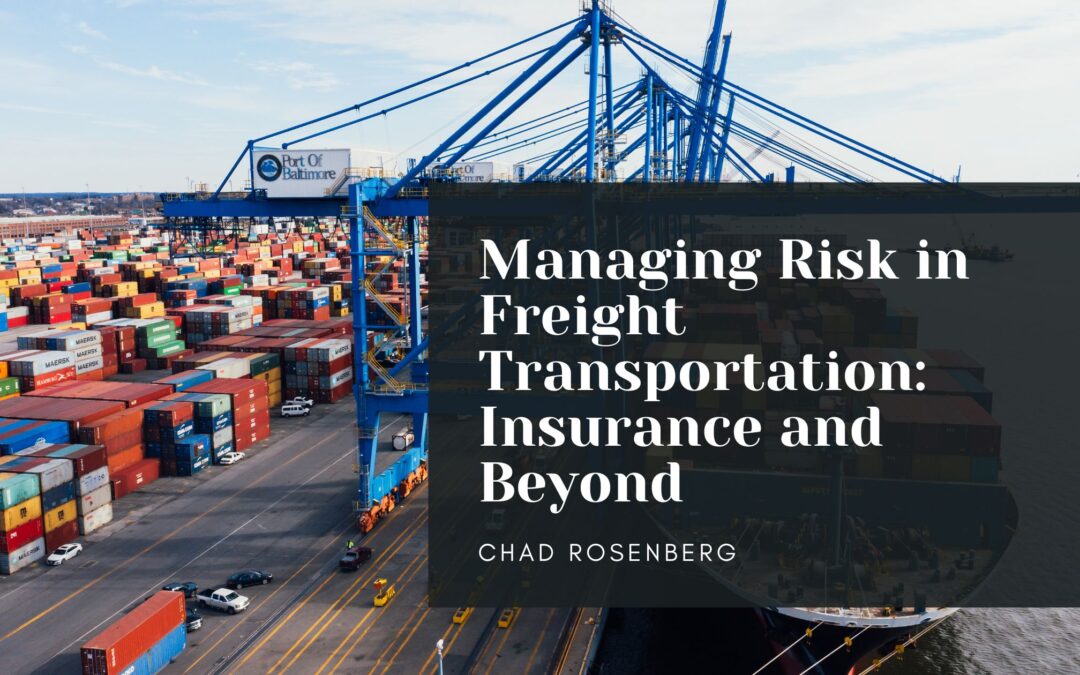Freight transportation is the backbone of global trade, but it’s not without risks. From natural disasters and accidents to theft and regulatory changes, the complexities of moving goods expose businesses to potential losses. Effective risk management is essential to ensure operational continuity and financial stability. Here’s a look at strategies for managing risks in freight transportation, including the role of insurance and beyond.
- The Importance of Freight Insurance
Insurance is a fundamental tool for managing risks in freight transportation. Cargo insurance protects against damage, loss, or theft during transit, providing businesses with financial coverage and peace of mind. There are various types of insurance policies tailored to specific needs, including marine insurance for international shipments and liability insurance for carriers. Selecting the right coverage ensures you’re protected against unforeseen events.
- Understanding Regulatory Risks
Compliance with local and international regulations is critical in freight transportation. Non-compliance can result in fines, delays, or seized shipments. Stay updated on changes in trade policies, customs regulations, and environmental laws in your shipping regions. Engaging a customs broker or legal advisor can help mitigate regulatory risks.
- Leveraging Technology for Risk Mitigation
Technology plays a crucial role in identifying and managing risks. IoT-enabled devices, GPS trackers, and real-time monitoring systems provide visibility into shipment locations, cargo conditions, and potential disruptions. Advanced analytics and predictive modeling tools help businesses anticipate risks and implement preventive measures.
- Diversifying Supply Chains
Over-reliance on a single route, carrier, or supplier increases vulnerability to disruptions. Diversifying supply chains by engaging multiple carriers, exploring alternative transportation modes, and maintaining backup routes can reduce risks. Flexibility in logistics ensures smoother operations even during unexpected events.
- Building Strong Partnerships
Collaborating with reliable logistics partners can mitigate risks. Vet carriers, freight forwarders, and suppliers for their safety records, financial stability, and compliance with industry standards. Strong relationships with trusted partners provide a safety net during challenging times.
- Training and Emergency Planning
Investing in training for staff and drivers ensures they understand risk management protocols. Develop comprehensive emergency response plans for scenarios such as accidents, extreme weather, or cyberattacks. Regular drills and updates to the plan ensure preparedness.
Conclusion
Managing risk in freight transportation requires a proactive approach that goes beyond insurance. By leveraging technology, diversifying supply chains, ensuring compliance, and fostering strong partnerships, businesses can navigate uncertainties effectively. A robust risk management strategy not only minimizes losses but also strengthens trust and reliability in a competitive industry.

